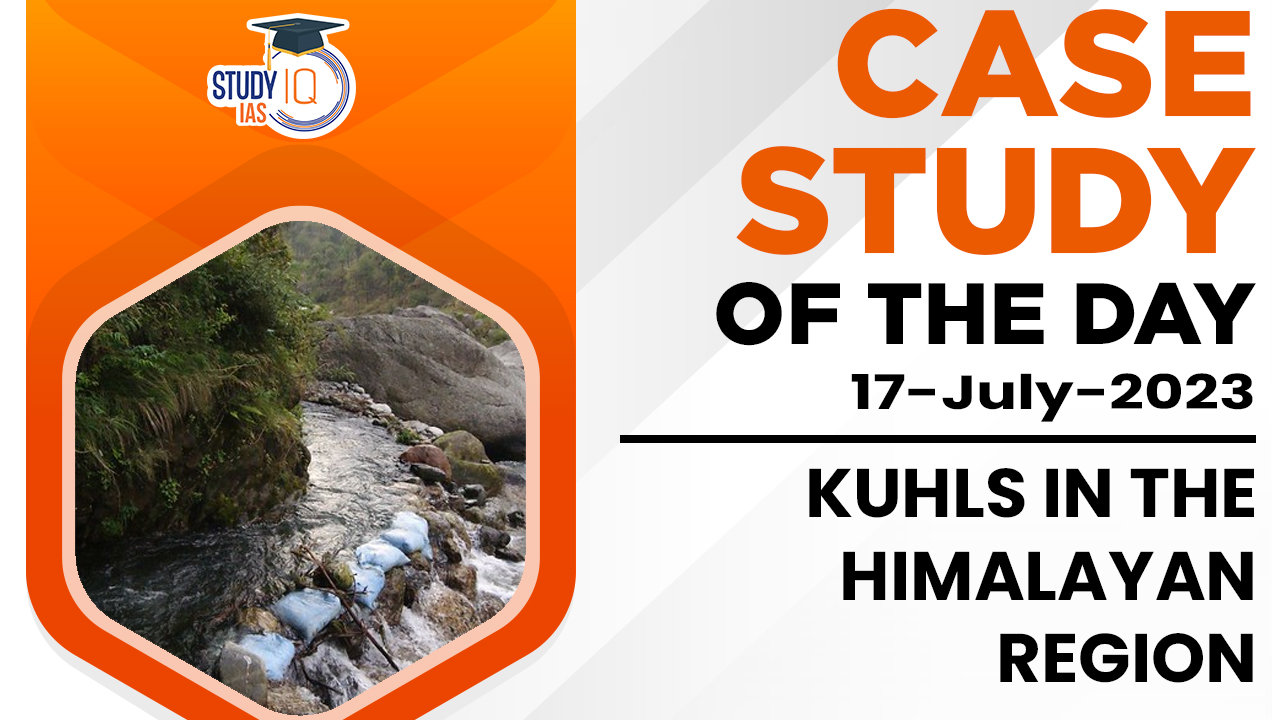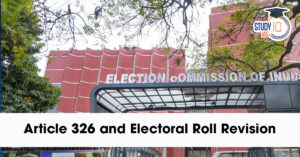Table of Contents
Introduction
Kuhls are traditional irrigation systems that have been used in the Himalayan region for centuries. They are a form of surface water harvesting, which means that they collect water from natural streams and channels and divert it to agricultural fields. Kuhls are typically community-managed, and they are an important part of the cultural and economic fabric of the Himalayan region.
Benefits of Kuhls
- They are a sustainable form of irrigation, as they do not require the use of fossil fuels or other energy sources.
- They are relatively low-cost to construct and maintain.
- They are very efficient at delivering water to agricultural fields.
- They can help to improve soil quality and crop yields.
- They can also help to reduce soil erosion and flooding.
Challenges Facing Kuhls
- Deforestation: Deforestation is a major threat to kuhls, as it reduces the amount of water that is available to them.
- Climate change: Climate change is also a threat to kuhls, as it is causing glaciers to melt and rainfall patterns to become more erratic.
- Lack of maintenance: Many kuhls are in need of maintenance, but there is often a lack of funds to do so.
- Conflict over water rights: There is often conflict over water rights between different communities that share a kuhl.
Conclusion
Kuhls are a traditional irrigation system that has been used in the Himalayan region for centuries. They are a sustainable, low-cost, and efficient way to deliver water to agricultural fields. However, kuhls are facing a number of challenges, including deforestation, climate change, lack of maintenance, and conflict over water rights. There are a number of things that can be done to help ensure the future of kuhls, including planting trees, developing climate-resilient kuhl designs, increasing funding for kuhl maintenance, and promoting conflict resolution mechanisms to address water rights disputes.


 Daily Quiz 11 July 2025
Daily Quiz 11 July 2025
 Operation Baam: Baloch Separatist Group ...
Operation Baam: Baloch Separatist Group ...
 Article 326 and Electoral Roll Revision ...
Article 326 and Electoral Roll Revision ...





















